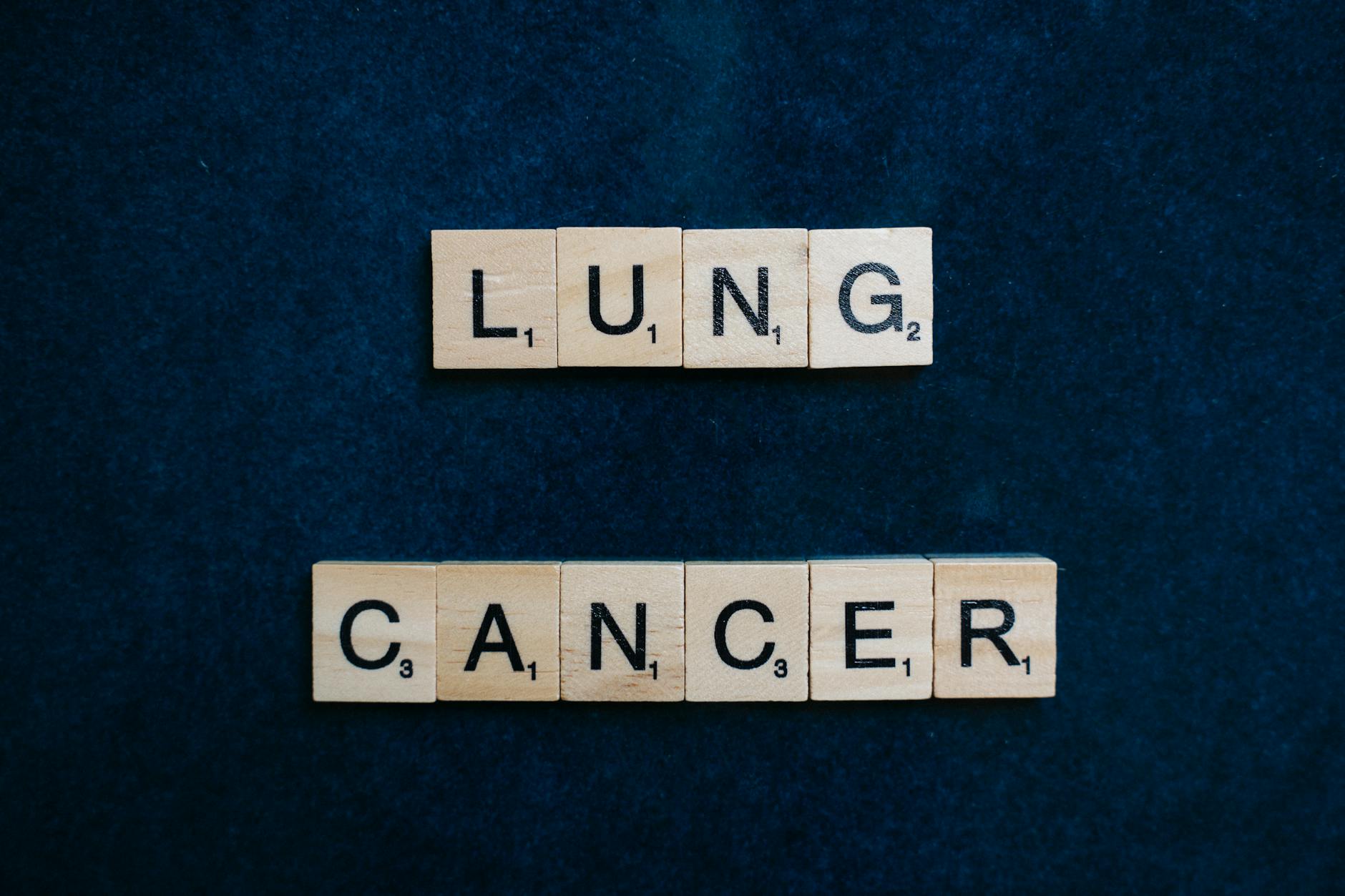Last updated on September 13th, 2024 at 09:56 am
Table of Contents

Lung cancer is a major health issue worldwide. It affects both men and women. This article will explore how common lung cancer is among men and women. We will also look at some important statistics and facts.
Lung cancer is the third most common cancer in the United States. It is also the leading cause of cancer deaths. This is true for both men and women. The risk of developing lung cancer is higher for people who smoke. However, non-smokers can also get lung cancer.
Statistics and FactsIn
2019, about 221,097 people were diagnosed with lung cancer in the United States. Out of these, 112,003 were men and 109,094 were women. This shows that lung cancer affects both genders almost equally. However, men are slightly more likely to be diagnosed with lung cancer than women.
The rate of new lung cancer cases is 59.2 per 100,000 men. For women, it is 48.1 per 100,000. This means men are 23% more likely to be diagnosed with lung cancer than women. The lifetime risk of developing lung cancer is about 1 in 16 for men and 1 in 17 for women.
Causes and Risk Factors
Smoking is the leading cause of lung cancer. It is responsible for about 85% of lung cancer cases. Other risk factors include exposure to secondhand smoke, radon gas, asbestos, and other carcinogens. Family history and genetic factors can also play a role.
Symptoms and Diagnosis
Common symptoms of lung cancer include a persistent cough, chest pain, shortness of breath, and coughing up blood. These symptoms can be mistaken for other respiratory conditions. This often leads to late diagnosis. Early detection is crucial for better outcomes.
Doctors use several methods to diagnose lung cancer. These include imaging tests like X-rays and CT scans. A biopsy is often needed to confirm the diagnosis. Once diagnosed, the stage of the cancer is determined. This helps in planning the treatment.
Treatment and Survival Rates
Treatment options for lung cancer include surgery, radiation therapy, chemotherapy, and targeted therapy. The choice of treatment depends on the stage and type of lung cancer. Early-stage lung cancer can often be treated with surgery. Advanced stages may require a combination of treatments.
The 5-year relative survival rate for lung cancer is about 26.7%. This means that about 27 out of 100 people diagnosed with lung cancer are expected to live for at least five years after diagnosis. Survival rates are higher for early-stage lung cancer. However, many cases are diagnosed at a later stage, which lowers the survival rate.
Prevention and Awareness
Preventing lung cancer involves reducing risk factors. The most effective way to prevent lung cancer is to avoid smoking. Quitting smoking can significantly reduce the risk of lung cancer. Avoiding exposure to secondhand smoke and other carcinogens is also important.
Regular screenings can help in early detection of lung cancer. This is especially important for people at high risk, such as smokers and those with a family history of lung cancer. Awareness campaigns can educate people about the risks and symptoms of lung cancer.



